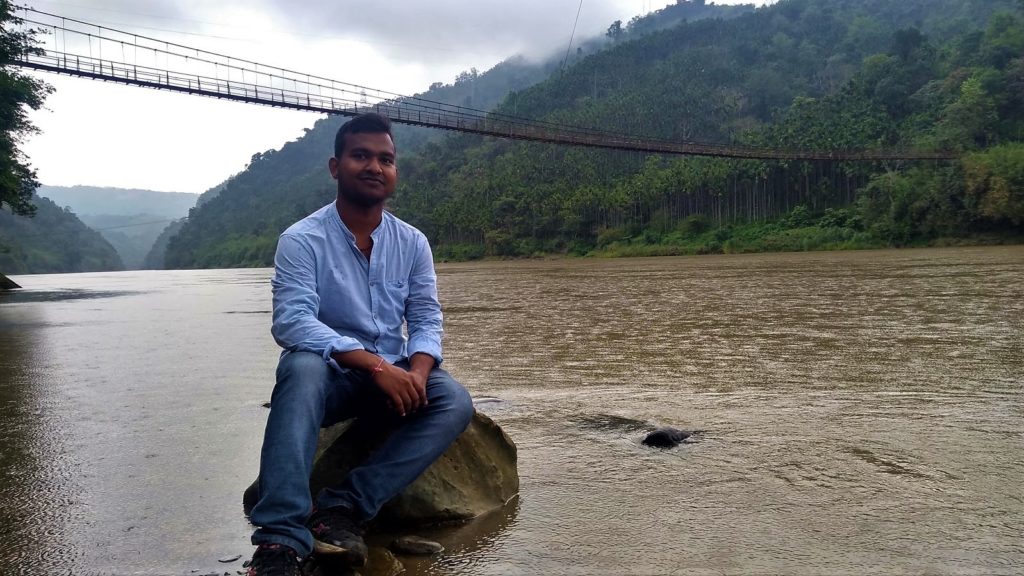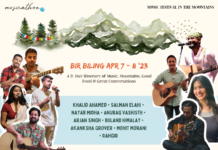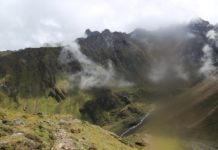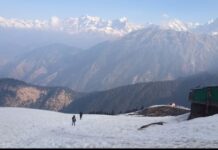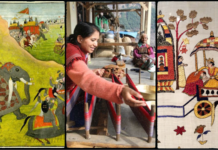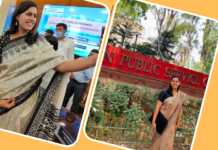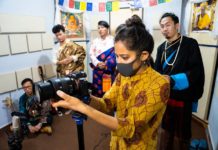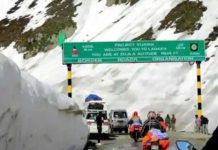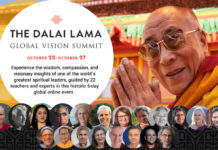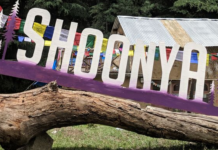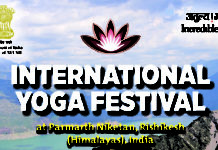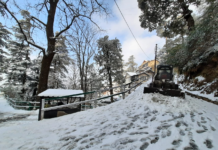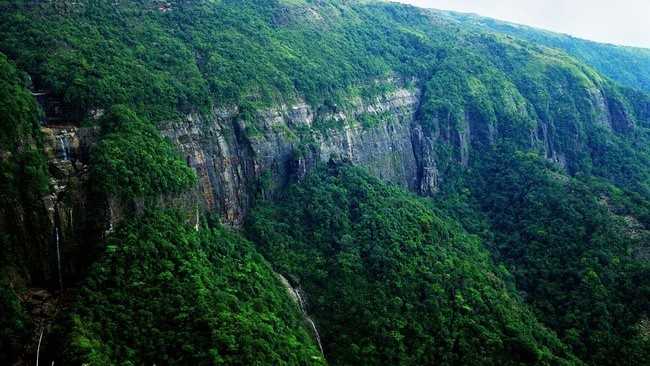
Whenever I find myself in a new place, I take great pleasure in enquiring about the cultures and traditions associated with the place. Quite recently, I found myself surrounded by the Jaintia hills of Meghalaya. It was one of that work-takes-you-places kind of thing. I tell you, despite being one of the smallest states of India, Meghalaya packs in itself myriad varieties of cultures and traditions. The local population is a mix of different tribes such as Garo, Khasi and Jaintia resulting in a plethora of festivals celebrated all over the year with great pomp and show.
One of Meghalaya’s most prominent festivals is Behdienkhlam. The festival is of ancient origin and is celebrated by Jaintia or Pnar community of Meghalaya. In local tongue, ‘Behdien’ means ‘to drive away with sticks’ and ‘khlam’ means a plague. The festival celebrates the idea of driving away all evils that afflict human life. 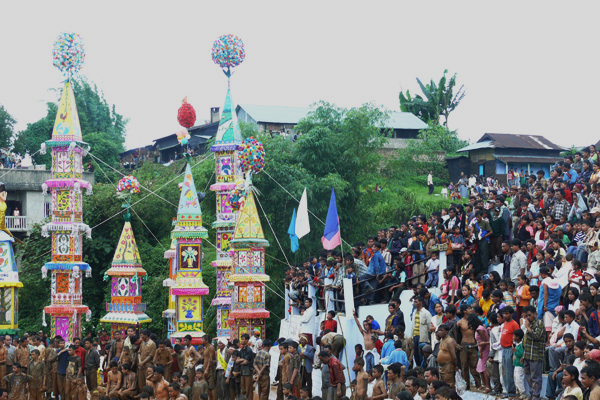 The festival is celebrated around mid-July every year, just after the sowing season is over. It spans over a period of three or four days during which people pray for good harvest and women offer sacrificial food to the spirits of their ancestors.
The festival is celebrated around mid-July every year, just after the sowing season is over. It spans over a period of three or four days during which people pray for good harvest and women offer sacrificial food to the spirits of their ancestors.
My stay was in Lumshnong, one of the major limestone producing regions in the country. The village is very secluded and the nearest town Jowai is 60 kilometers away. The person I interacted with told me about the huge significance of this festival in Jowai. According to local mythology, it was prophesized that there would occur a plague which would wipe out the entire tribe. Following the prophecy, people of Jowai visited the shrine of their protector deities Mulong, Mooralong U Mukhai and Musniang. The deities asked them to worship the divine elements. Thus, the festival of Behdienkhlam became a part of local culture.
The festival kicks off with a series of religious rituals performed by the chief of the tribe which is followed by one of the most popular rituals of the festival where young men symbolize the flight of the evil spirit by beating the roof of every house in the village with bamboo poles.
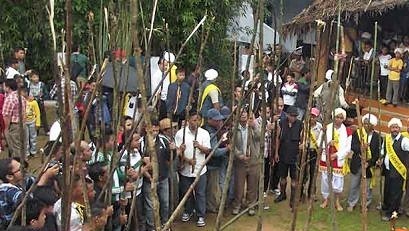
A unique feature of this festival is the construction of ‘khnongs’ which are tall tree trunks rounded and polished after drying in the forest for a couple of days. These trunks are then decorated and erected in the locality. The festival also features ‘rots’ which are 30-40 feet tall structures made of bamboo. People decorate it in artistic ways with color papers etc.
 The entire procession appears similar to the ‘rath yatra’ carried out by the Hindus. Since the festival is all about driving away evil from humanity, these days the ‘rots’ demonstrate important global issues like politics, corruption etc.
The entire procession appears similar to the ‘rath yatra’ carried out by the Hindus. Since the festival is all about driving away evil from humanity, these days the ‘rots’ demonstrate important global issues like politics, corruption etc.
On the final day of the festival, at the break of dawn, people gather around ‘Aitnar – a sacred pool‘. They are involved in various religious rites which includes smearing mud on one another in a friendly way, similar to Holi celebrations in northern India.
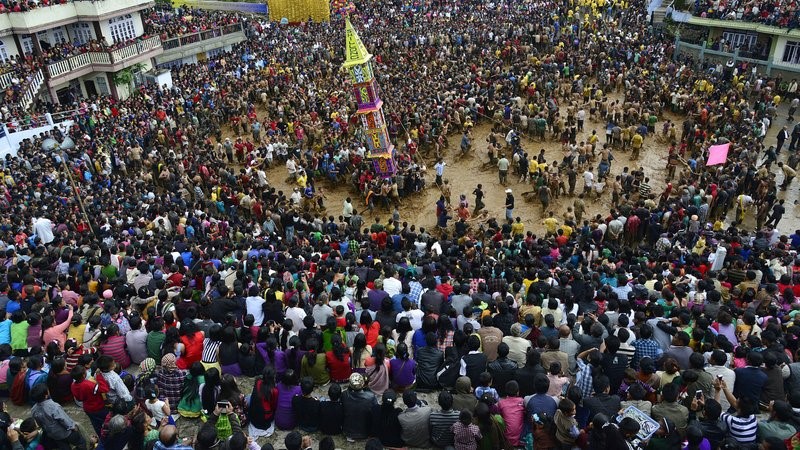
Following this, the immersion ceremony takes place where the ‘khnongs’ and the ‘rots’ are immersed in the sacred pool. Thereafter, people get into the pool of mud water and dance.
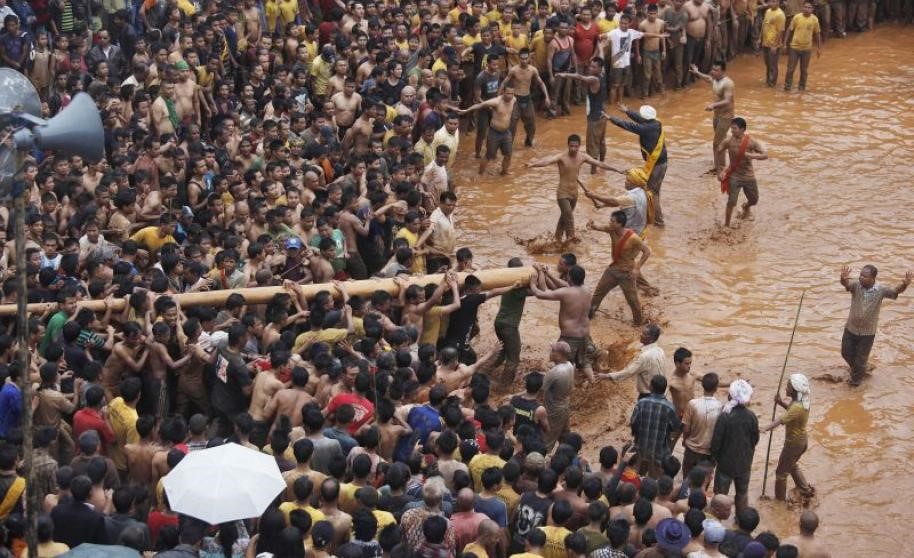
The festival concludes with a ceremony called Dad-lawakor. It’s a game similar to football, only here it involves a wooden ball. The team that scores first is declared the winner and is believed to be blessed with a plentiful harvest.

The underlying idea of this festival is to unite the people into driving away social evils like discrimination and corruption. The central government is currently taking many steps to fund this festival in order to promote tourism in the state of Meghalaya.
